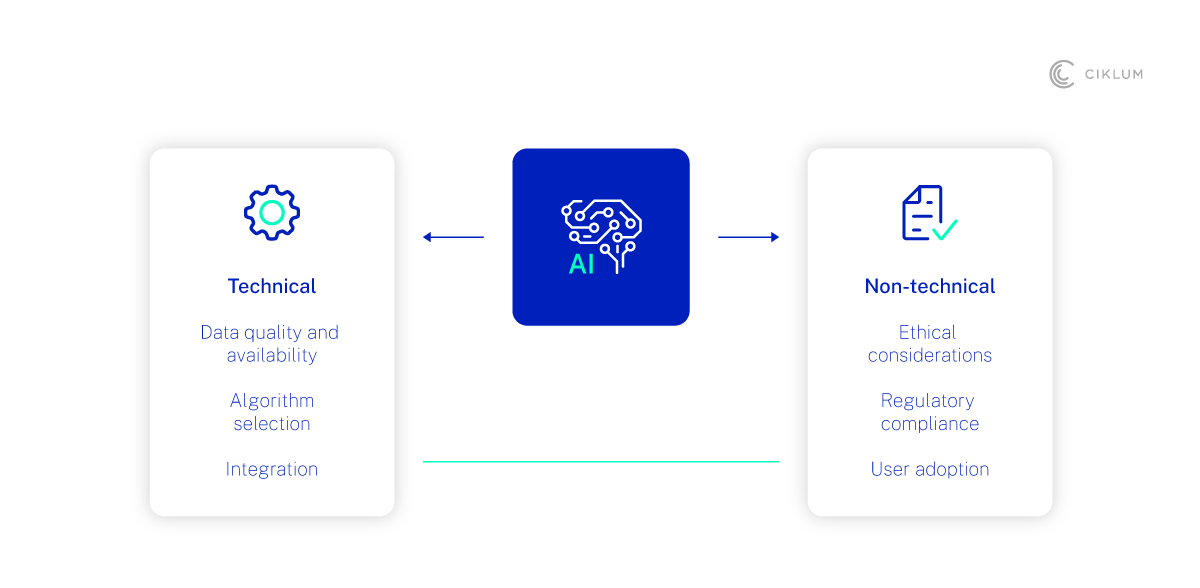Key Takeaways:
- The fast pace of AI development makes deployment challenging
- AI use must be innovative and support human endeavor ethically
- High-quality data collection at scale is vital for success
- Working with an expert AI partner can help navigate issues
6 Key Challenges in AI Engineering and How to Overcome Them
New AI developments are coming on stream all the time, as the world continues to appreciate just how much of a difference the technology can make. It can enhance research and development, analyze data at greater speed and scale, augment human endeavor and automate routine tasks, to name just a few of its typical everyday use cases.
However, as with any emerging technology, there are practical barriers to overcome in order to maximize the potential of the innovation. This blog will explore the six biggest challenges to overcome in AI engineering, and how this can be achieved.
What Are the Biggest Challenges in AI Development Today?
1: Data-Related Challenges
The output of AI is only as good as the input: that is to say that the quality and quantity of data fed into the AI tool need to be as high as possible to deliver the best possible results. To enable this, it’s important to establish data augmentation techniques and robust data pipelines, so that datasets can generate the most relevant, accurate results possible.
These solutions can also extend into areas such as transfer learning (where machine learning models trained on one task are fine-tuned to be used on another), and synthetic data generation (artificial data that mimics real-life equivalents to simulate patterns and AI algorithms).
2: Legacy System Integration
According to Forbes, as many as two-thirds of businesses are still using mainframe or legacy applications for their core business operations. This use of increasingly outdated technology means their ability to integrate AI is severely impaired, particularly when it comes to solution compatibility, data silos and future scalability.
The most practical way to navigate this issue is to use middleware as a bridge between old and new. These robust connectors enable legacy systems to integrate with AI tools and enable AI insights and efficiencies to be enjoyed across a network – without the cost and disruption of a large-scale system overhaul.

Continue reading “6 Key Challenges in AI Engineering and How to Overcome Them”





































